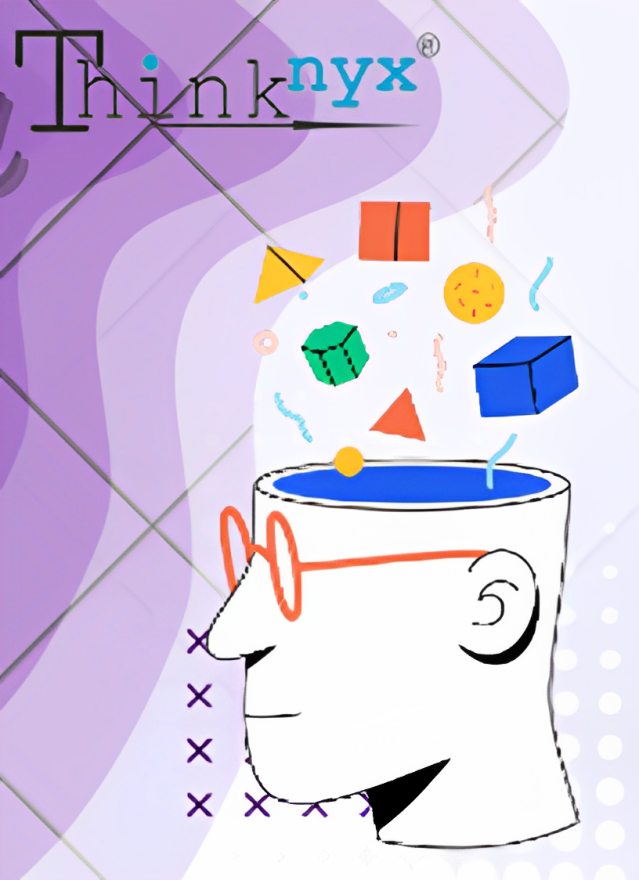Crafting Captivating eLearning Journeys
In today’s digital age, eLearning has become a staple in education and corporate training. It offers flexibility, accessibility, and cost-effectiveness, making it an attractive option for learners worldwide. However, the effectiveness of eLearning hinges on one critical factor: engagement. To create eLearning experiences that truly captivate and educate, you need to employ various strategies. This blog post explores key strategies and tips to make your eLearning content more engaging and effective.

Tips to make your eLearning More Interesting:
Creating engaging and interesting eLearning experiences is crucial to keep learners motivated and help them retain information effectively. Here are some tips to make your eLearning content more captivating.
1. Fostering Active Participation: Active participation is vital in learning. It boosts engagement, deepens understanding, and promotes critical thinking. Learners become active creators of knowledge, enhancing retention and practical application.
2. Quizzes Increase Attention: Quizzes create cognitive engagement, requiring recall and analysis. The challenge activates attention, while immediate feedback reinforces learning, making content memorable and interactive.
3. The level of Interactivity: eLearning interactivity integrates discussions, simulations, and multimedia, encouraging active engagement, collaboration, and deeper comprehension for effective learning experiences.
4. Create a conversational tone: To craft engaging conversational eLearning content, focus on relatability and interactivity. Use relatable language to establish a friendly
tone that feels like a conversation between the learner and the content.
5. Customize Learning Paths: Tailor eLearning paths to individual needs. Offer diverse modules, assessments, and resources. Learners choose what suits them, fostering personalized, effective learning journeys.
6. Tracking the improvement: Continuously monitor and measure progress, noting advancements and milestones, to effectively track and ensure ongoing enhancement within a concise framework.
7. Keep it Short & Simple: Continuously monitor and measure progress, noting advancements and milestones, to effectively track and ensure ongoing enhancement within a concise framework.
8. Outline the evaluation and Feedback: Evaluation: Assess learning with diverse methods aligned to objectives. Feedback: Provide timely, personalized input to enhance understanding. Continuous improvement through data analysis and learner engagement.

CURIOUS…?
Why Engagement Is Crucial In eLearning?
Engagement within eLearning is a catalyst for learner empowerment, bolstering motivation, attentiveness, information retention, and critical thinking abilities. By fostering an environment that fosters interaction, collaboration, and customization, educators and eLearning designers can craft learning experiences that go beyond the confines of conventional classrooms. As the educational landscape keeps evolving, emphasizing engagement in eLearning unquestionably stands as a cornerstone of successful learning ventures.

Transforming eLearning Engagement with Thinknyx Technologies
Welcome to the future of eLearning engagement with Thinknyx Technologies. We are not just changing the game; we are reinventing it. Our approach combines advanced technology, data-driven insights, and a passion for learning to create transformative online experiences. Through interactive modules, personalized learning journeys, and real-time assessments, we empower learners to take ownership of their education. Thinknyx stands for innovation, collaboration, and excellence. As pioneers in e-learning, we are committed to pushing the boundaries of what’s possible. Join us in shaping a new era of education, where engagement is not just a goal – it is a way of learning and thriving. Elevate your e-learning experience with Thinknyx Technologies.
Barriers To Engagement in eLearning
Several barriers can impede engagement in eLearning.
- Technical Issues like poor connectivity disrupt
- Lack of Interactivity hinders active participation and
- Isolation from peers and instructors reduces
- Ambiguity in Expectations leads to
- Overwhelming Content can discourage
- Limited Feedback diminishes
- Ineffective Course Design makes navigation
- Lack of Personalization fails to cater to diverse learning
- Time Management Challenges affect
- Self-discipline Requirements can lead to
Addressing these barriers through improved technology, clear communication, interactive elements, and learner support is crucial for fostering engagement and successful eLearning experiences.
Final thoughts On Engagement in eLearning

Engagement in e-learning is pivotal for effective learning outcomes. The digital landscape offers unprecedented flexibility and accessibility, but maintaining engagement remains a challenge. Designing courses with interactive multimedia, gamified elements, and real-world relevance can foster active participation. Regular assessments and quizzes provide feedback, motivating learners to stay on track. Collaborative platforms enable peer interaction, creating a sense of community and shared learning. Timely instructor feedback shows learners their progress and keeps them engaged. Personalized learning paths based on individual preferences and pace enhance motivation. Balancing content depth with digestible formats prevents cognitive overload. In conclusion, e-learning engagement hinges on a blend of interactive content, social learning, personalized approaches, and consistent feedback, empowering learners to navigate the digital realm effectively.